Voyageurs and the Fur Trade Era at Fort Gibraltar in Winnipeg, Manitoba
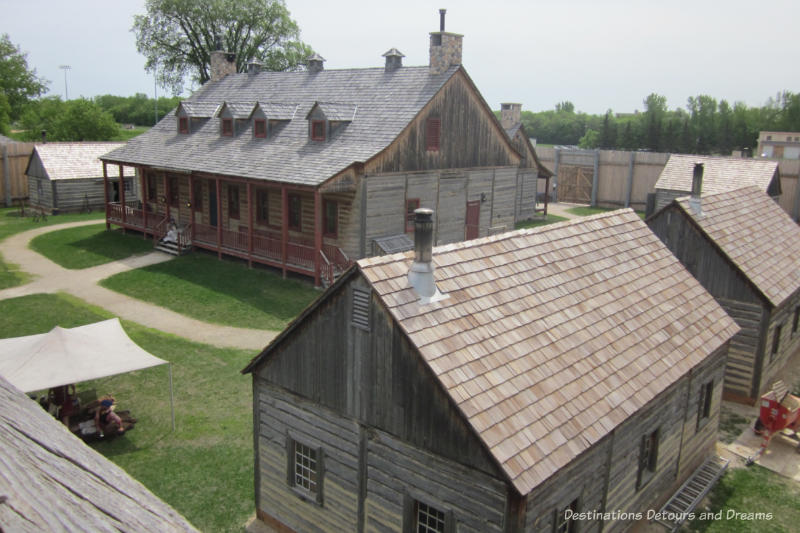
Step back in time to Canada’s fur-trade era with costumed interpreters and reconstructed buildings at Fort Gibraltar in Winnipeg, Manitoba
Advisory: Fort Gibraltar closed following an accident in June 2023 in which part of the second level walkway collapsed. The wall surrounding the fort has been removed and the fort remains closed to the public for the 2024 season.
Fort Gibraltar in Winnipeg, Manitoba offers visitors a look into the early 19th century Canadian fur-trading era and the roles of the Metis, settlers, explorers, First Nations peoples, fur trading companies, and the voyageurs. The fur trade was marked by intense competition between the North West Company, which was based in Montreal with a mix of French, Scottish and Indigenous cultures, and the Hudson’s Bay Company, which was based in London, England and had an English culture. Located in St. Boniface, Winnipeg’s French Quarter, the current fort is a reconstruction of the original Fort Gibraltar built in 1809 by the North West Company.
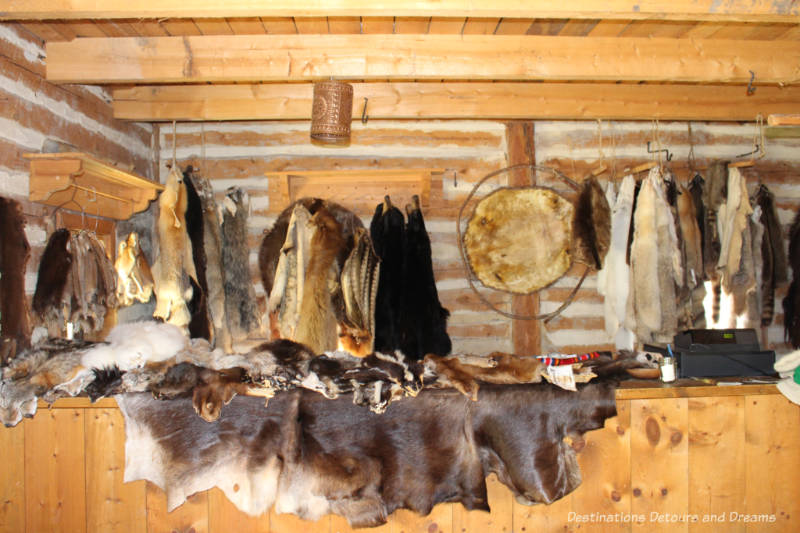
In 1816, Fort Gibraltar was captured and destroyed by the Selkirk Colony, a settlement founded by the Earl of Selkirk on land granted by the Hudson’s Bay Company. The fort was rebuilt in 1817. In 1821, the North West Company merged with Hudson’s Bay Company. It continued to operate under the Hudson’s Bay name. Fort Gibraltar was renamed Fort Garry in 1822. It was abandoned in 1835, but its warehouses continued to be used until the fort was destroyed by a flood in 1852.
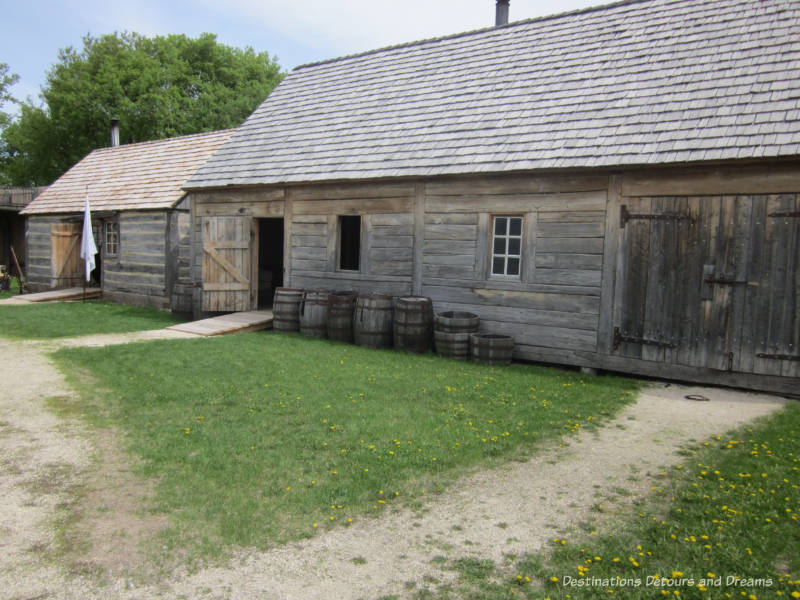
In 1978, Festival du Voyageur Inc. built a replica across the river from its original site. Festival du Voyageur Inc. promotes French language and culture through historical and cultural experiences inspired by the Voyageur era. The 10-day Festival du Voyageur, held in February, is Western Canada’s largest winter festival.
Today, Fort Gibraltar recreates life in the time period 1815 to 1821 through the reconstructed buildings and the use of costumed interpreters.
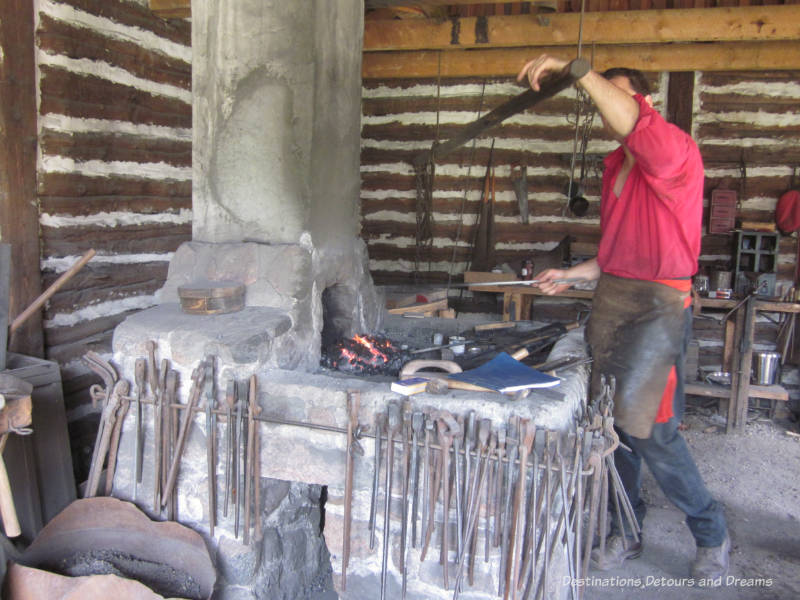
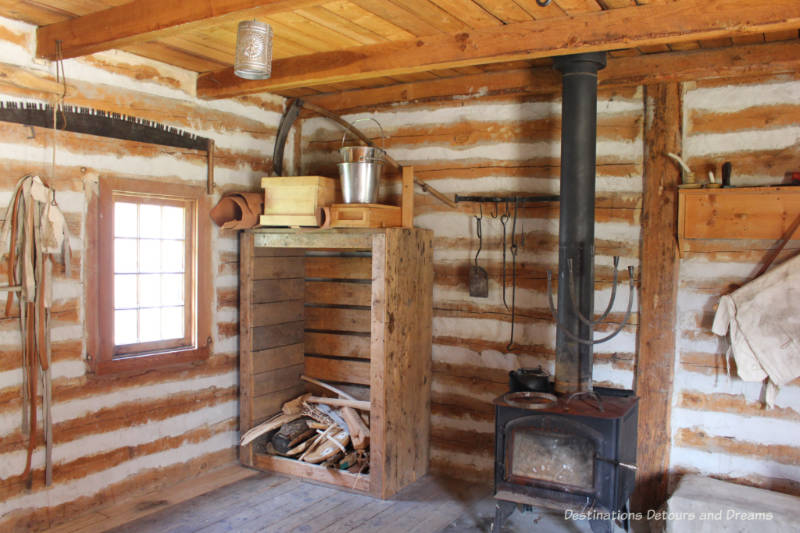 Corner of the workshop
Corner of the workshop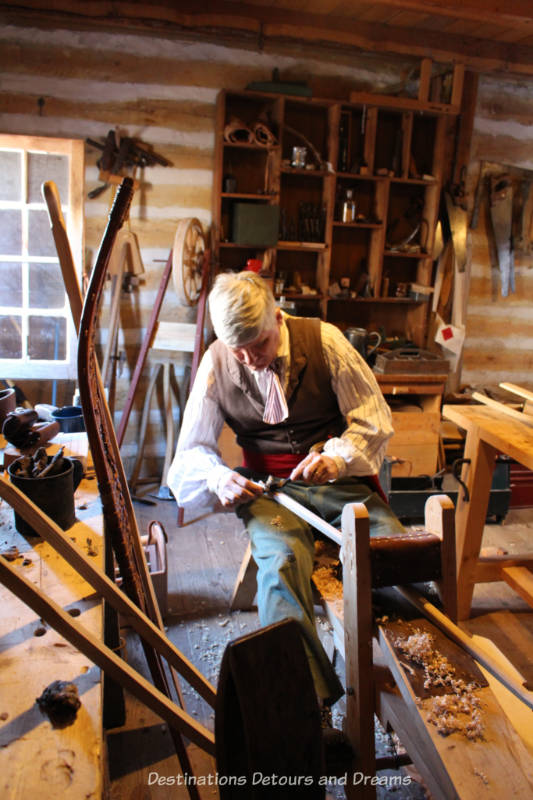
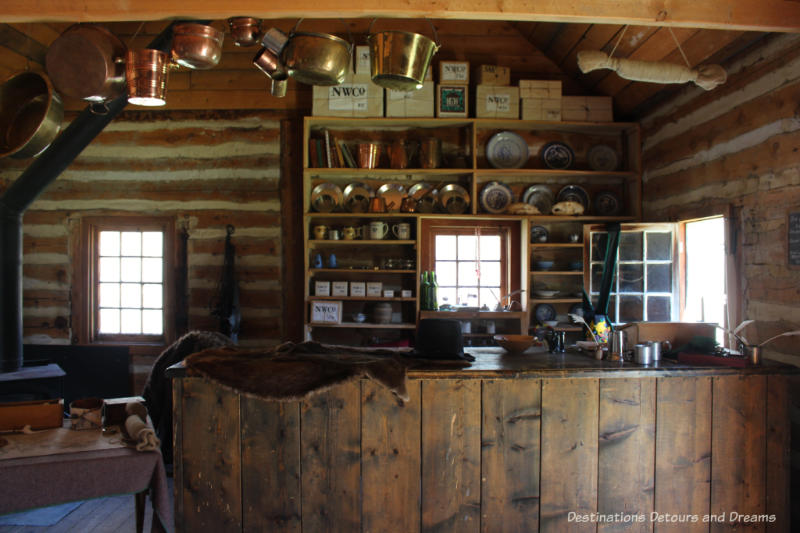 Store
Store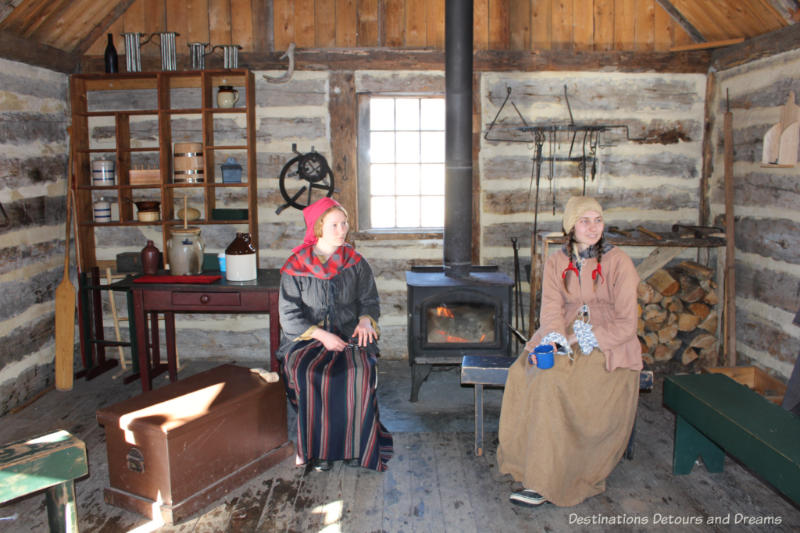 Inside a cabin
Inside a cabin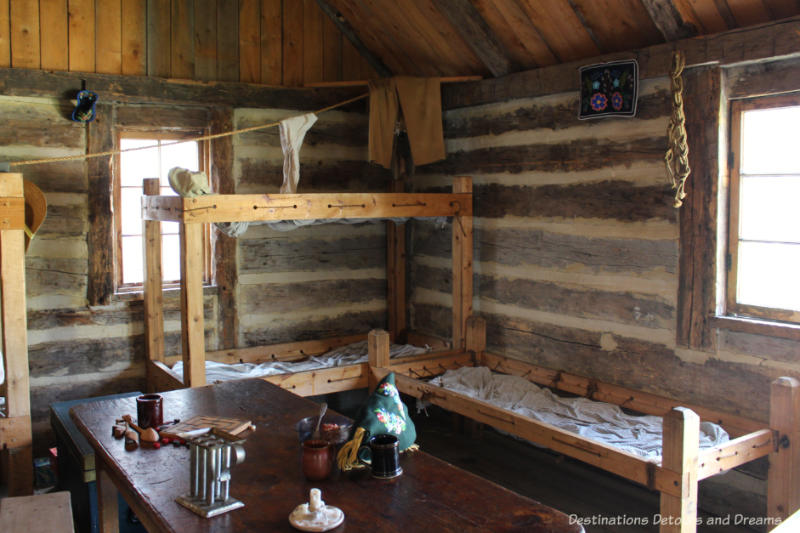 Voyageur winter cabin
Voyageur winter cabinThe voyageurs were a mobile group of fur traders and the backbone of the North West Company. They were French Canadians who transported furs by canoe. They were also expert woodsmen and hunters highly respected for their skills. Years of experience resulted in a high level of interaction with Indigenous groups. They were also well known for their “joie de vivre,” the capacity to enjoy life to the fullest even in extremely hard conditions.
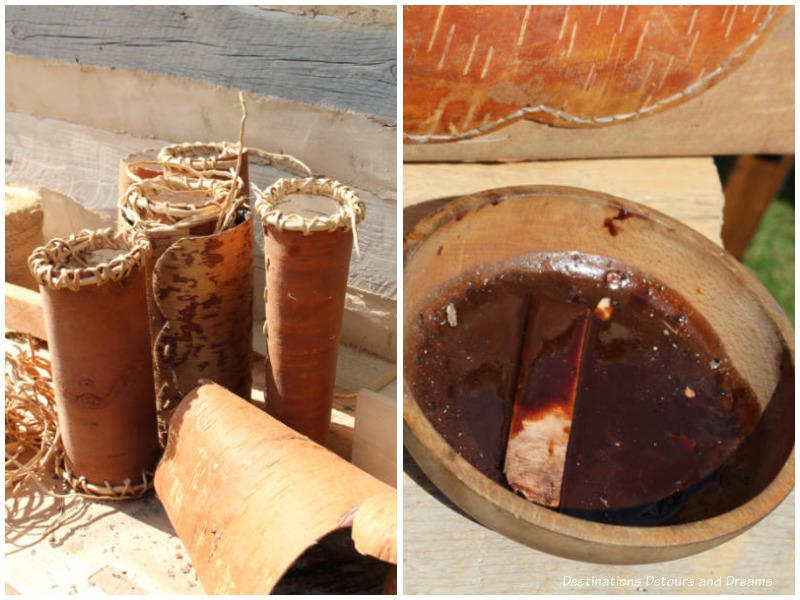
Birch bark canoes were very light and easy to handle. Birch was gathered in winter or spring for the building of canoes. Once removed from the tree, it was rolled up and tied before being brought back to the village or fort. Spruce gum was used to seal the seams of the canoe. Birch dries out when left in the sun. For the bark to remain pliable, the birch had to remain submerged in water. Birch canoes would be loaded with stones and stored in the river under the ice for the winter.
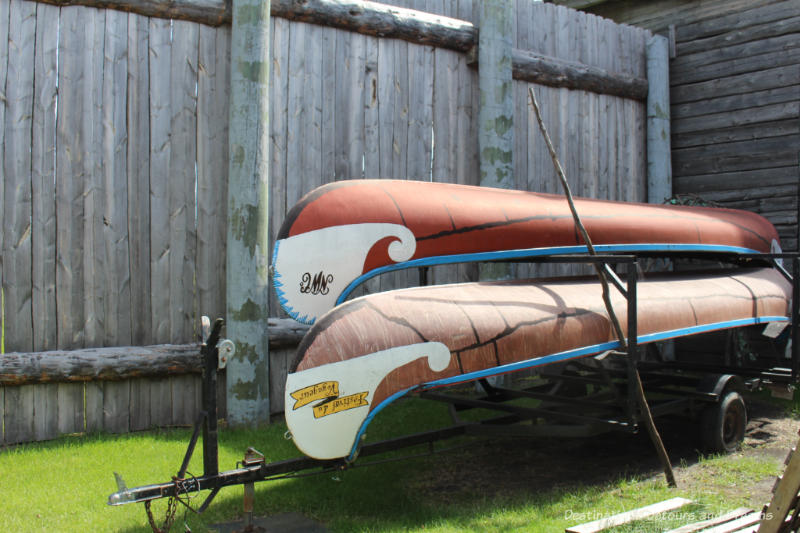
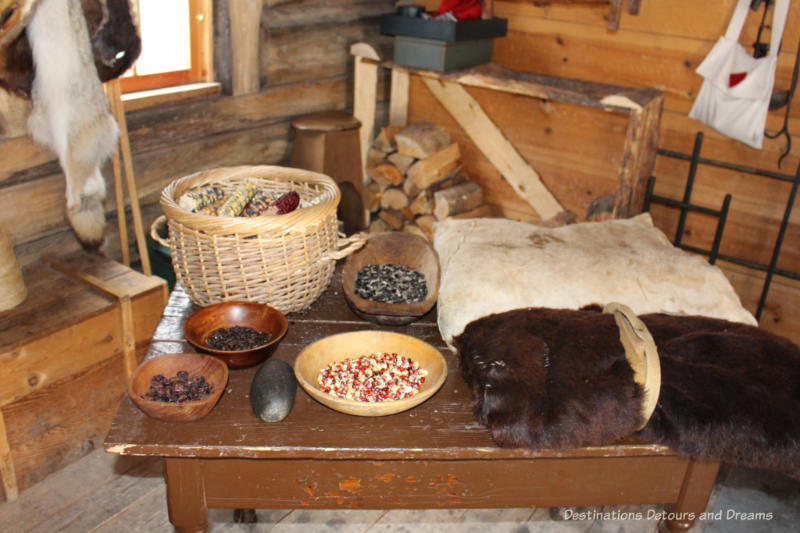
Making birch canoes was only one of the things the fur traders learned from the Indigenous peoples. Among other things critical to survival, they learned to decorate clothing with glass beads and to make pemmican. Fort Gibraltar served an essential role as a pemmican warehouse and distribution centre. Pemmican consists of dried bison meat crushed to a powder and mixed with bison fat. Dried fruit was often added. Pemmican has a high nutritional value and keeps for a long time. It became the voyageur’s main food source.
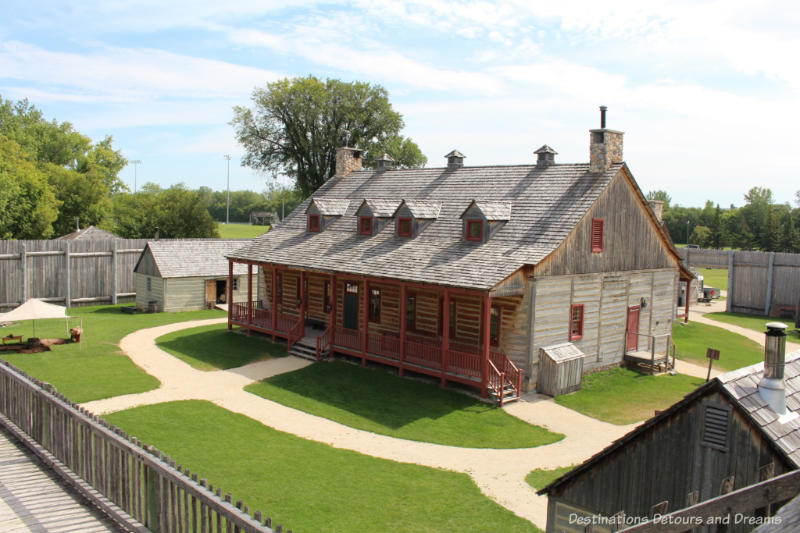
The Great Hall building in the centre of the fort is not open for interpretative displays. It serves as a venue that can be rented for weddings and other events.

Note: Lower Fort Garry north of Winnipeg provides a slightly different look at the fur trade era. The original stone walls and buildings of that fort portray life in the 1850s with an English culture perspective.
Fort Gibraltar is open from mid-May to late August. Check the website for exact days and times. Two-hour guided tours are available. The Fort is also open in February, when it becomes the heart of Festival du Voyageur. The Great Hall is available for rental all year round.
Never miss a story. Sign up for Destinations Detours and Dreams free monthly e-newsletter and receive behind-the-scenes information and sneak peaks ahead.
PIN FOR LATER
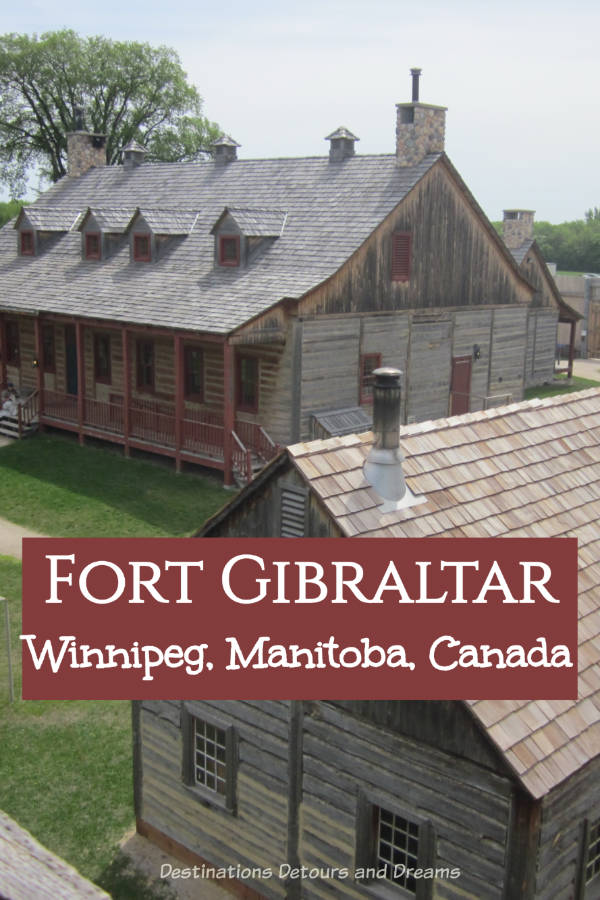

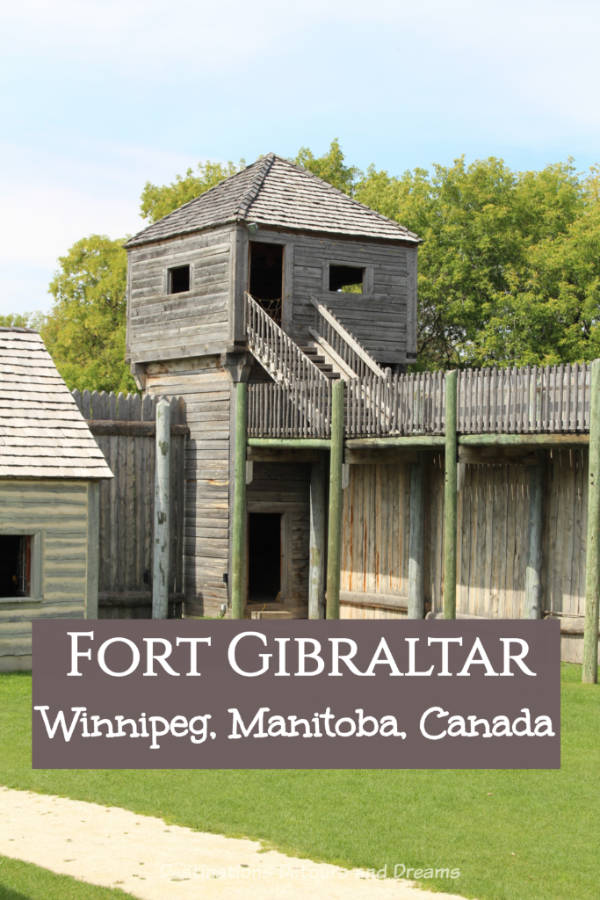
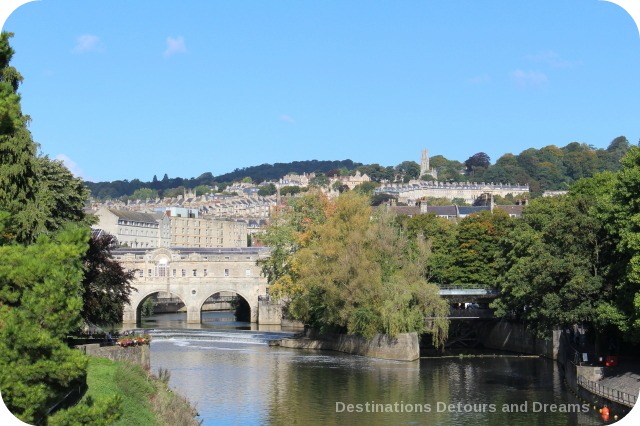
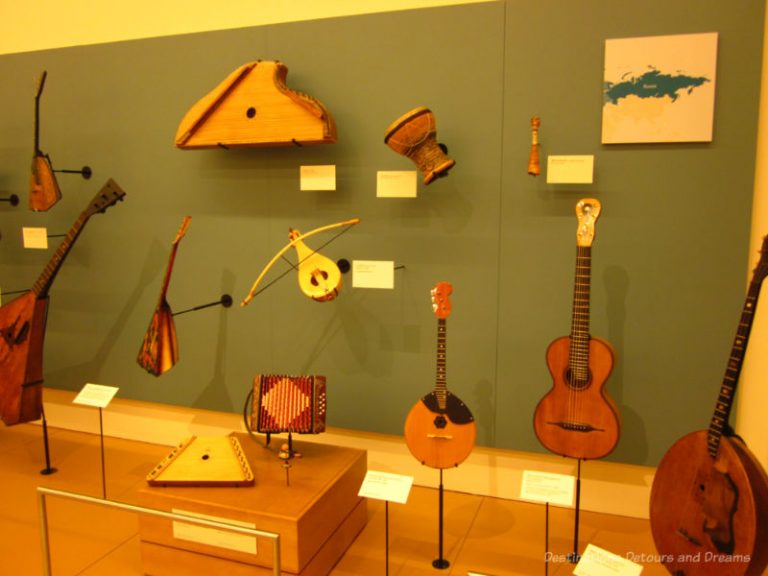
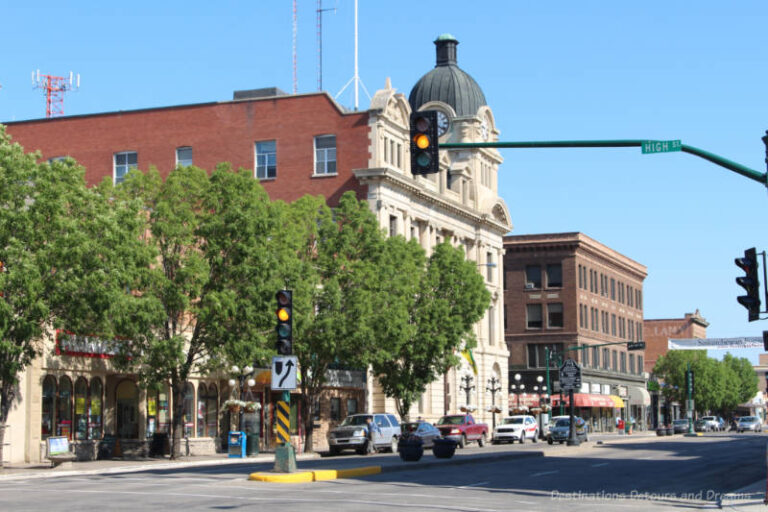
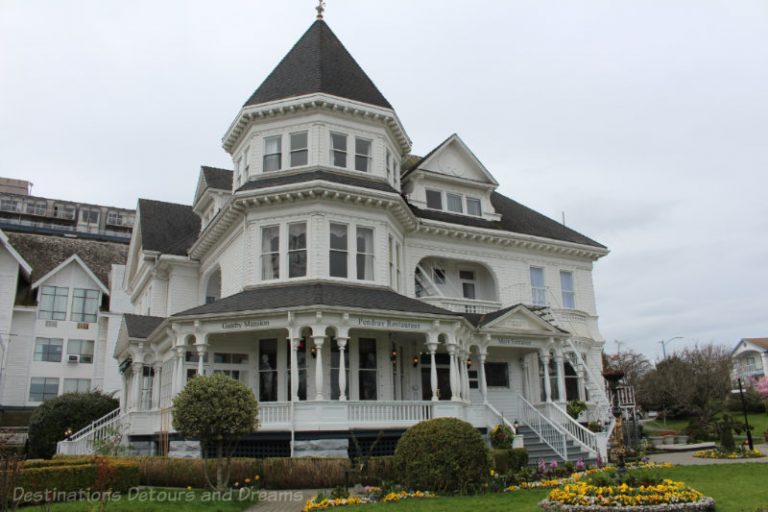
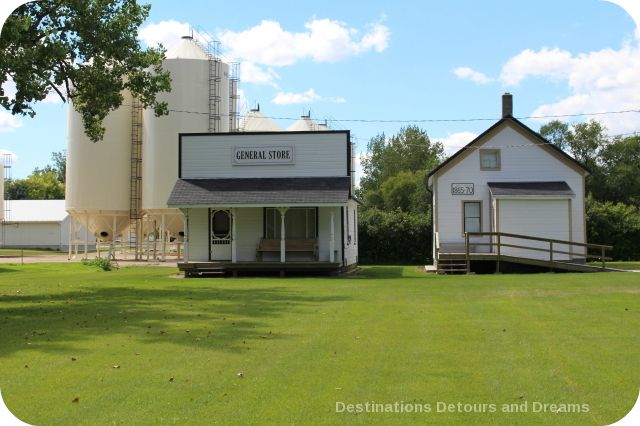
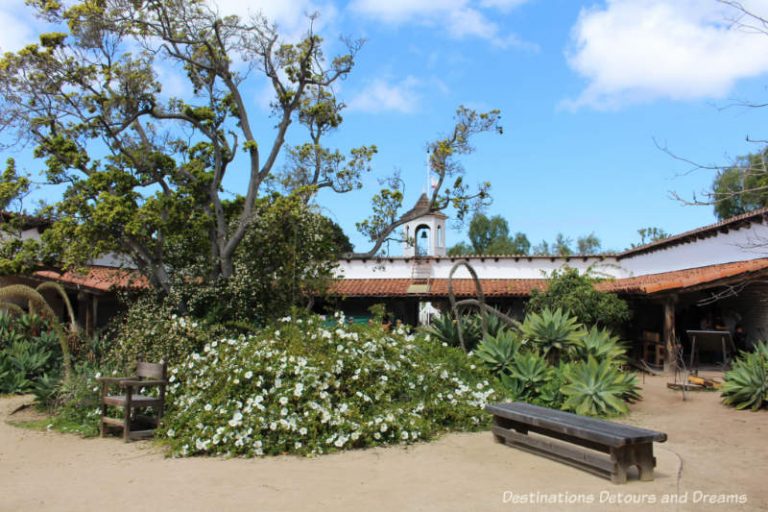
I was especially interested in learning how they made birch bark canoes and stored them under the ice in the river for winter. They must have been really strong to withstand sitting in icy water for months.
Ken, I suspect that all of them made it through the winter.